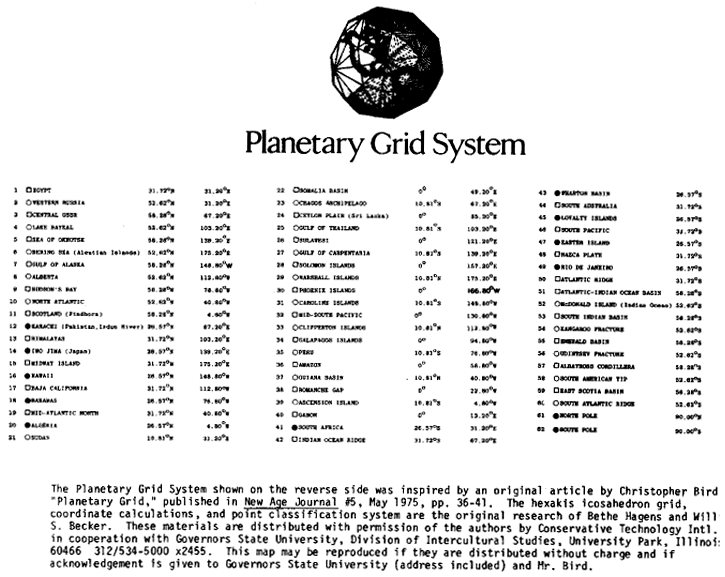

Unfortunately for most law enforcement agencies, doppler and (especially) pulse-doppler unit tend to be more expensive. So, flying ‘under the radar’ is not a viable tactic if the tracking station is using doppler or pulse-doppler radar. The only way to NOT be tracked by a ‘dopp’ or a ‘P-D’ is to ensure no signal returns to the tracking unit.

Sandersons traditional map of Vile Vortices around the. Basically, it sends out a continuous beam and detects any difference in the return’s frequency (like a doppler) but also sends raid ‘pulses’ of other frequencies to get good range readings on tracked targets. Twelve are from Malaysia and eight from China, the company said. Figure 1: Vile Vortices Overview - from Ivan Sandersons 1972 article in Saga magazine, 'The Twelve Devil’s Graveyards Around the World' plotted ship and plane disappearances worldwide, focusing attention on 12 areas. Now a pulse-doppler radar mixes the two techs. Vile Vortices Overview - from Ivan Sandersons 1972 Article in Saga Magazine. Even destroyers and aircraft flying/sailing in the area couldn’t see what I was tracking but I had a solid track. In the navy (I got out in 1981) I once tracked something with a doppler radar that baffled even the ‘referees’ for the exercise we were under. Usually, a doppler radar will have a minimum velocity it will register (like 15 miles per hour) thus, land, rocks and even the sea will not be indicated on a ‘true’ doppler screen… only movement. Of the three, only pulse gets ‘ground clutter’ and so has a ‘minimum radar window’ you can fly under (if you don’t hit the ‘columo-granite’ cloud, this it).ĭoppler radar picks up ONLY movement toward or away from the radar unit.

Pulse, doppler, and the hybrid pulse-doppler.


 0 kommentar(er)
0 kommentar(er)
